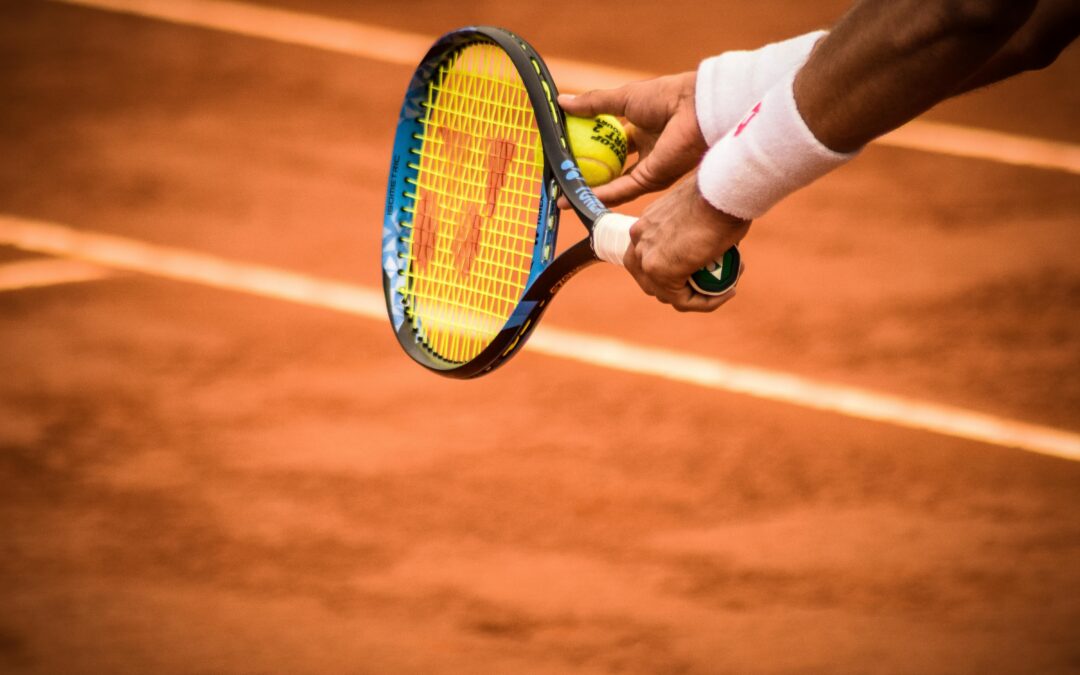Tennis elbow, also known as lateral epicondylitis, is a common overuse injury that affects the tendons around the outside of the elbow. While it’s often associated with tennis players, this condition can occur in anyone who engages in repetitive motions involving the wrist, forearm, and elbow.
What is Tennis Elbow?
Tennis elbow is a painful condition caused by inflammation and tiny tears in the tendons that connect your forearm muscles to the bony bump on the outside of your elbow (the lateral epicondyle). These tendons help you extend your wrist and fingers.
Causes
Repetitive motions are the primary cause of tennis elbow. Here are some common culprits:
- Sports: Tennis, badminton, golf, baseball, and similar activities that involve swinging or throwing.
- Work: Activities that require repetitive gripping, lifting, or twisting, such as painting, carpentry, or using tools.
- Everyday activities: Typing, using a mouse for extended periods, or even carrying heavy bags.
Signs and Symptoms
The most common symptom of tennis elbow is pain on the outside of the elbow, which can worsen with activity. Other symptoms may include:
- Tenderness to the touch around the elbow
- Stiffness in the elbow, especially in the morning
- Weakness in the grip
- Difficulty lifting or holding objects
Treatment
There is no quick fix for tennis elbow, but there are several effective treatment options that can help relieve pain and promote healing. These include:
- Rest: Avoiding activities that aggravate the pain is essential.
- Ice: Applying ice packs to the elbow for 15-20 minutes at a time, several times a day.
- Pain relievers: Over-the-counter pain relievers like ibuprofen or acetaminophen can help reduce pain and inflammation.
- Physical therapy: A physical therapist can teach you exercises to strengthen the forearm muscles, improve flexibility, and reduce pain.
- Bracing: While a tennis elbow brace is a common option, research shows that a hand-wrist resting orthosis can also be effective in alleviating pain. This study, for instance, conducted a comparison of both treatment options and its results show that both treatments are effective (https://journals.sagepub.com/doi/10.1177/0309364618774193?icid=int.sj-abstract.citing-articles.5). It’s important to note that the most effective treatment can vary from person to person. Some may find greater relief with a tennis elbow brace, while others may heal more quickly with a wrist brace.
The Chrisofix® Universal Wrist Orthosis [Universal wrist orthosis – REF_31-32 – Chrisofix] can be a valuable tool in managing tennis elbow pain. It offers a range of benefits for those experiencing wrist pain, including tennis elbow. The circular fixation provides secure support, promoting healing by reducing strain on the tendons. The lightweight, perforated material ensures breathability and all-day comfort. Its adjustable design allows for a personalized fit, and it’s designed to immobilize the wrist while still permitting some controlled movement as advised by your doctor or therapist.
- Corticosteroid injections: In severe cases, a doctor may recommend cortisone injections to reduce inflammation directly at the tendon.
Because the right treatment differs for everyone, it is essential to see a specialist to determine the best course of action for your specific needs. While both tennis elbow braces and wrist orthoses can be effective in healing a tennis elbow injury, a professional can help you determine which approach is most suitable for you.
Returning to Sport After Injury
If you have tennis elbow, it’s important to listen to your body and avoid returning to sport too soon. You should gradually increase the intensity and duration of your activities as your pain improves. It’s also important to warm up properly before exercising and to use proper technique to avoid further injury.
Training Tips to Prevent Tennis Elbow
You can take several steps to prevent tennis elbow, including:
- Warm up and cool down properly before and after exercise.
- Use proper technique when playing sports or performing repetitive tasks.
- Vary your activities to avoid overuse of any particular muscles.
- Strengthen your forearm muscles with exercises.
- Take breaks from repetitive activities.
- Maintain good posture.
- Use a supportive brace if needed.
Additional Considerations
- If you experience severe pain, numbness, or weakness in your elbow, see a doctor right away.
- Tennis elbow can sometimes take several months to heal completely.
- Don’t hesitate to seek professional help from a physical therapist or sports medicine specialist if you’re having trouble managing your symptoms.
Editor’s note: This is for informational purposes only. For medical advice or diagnosis, consult a professional.

